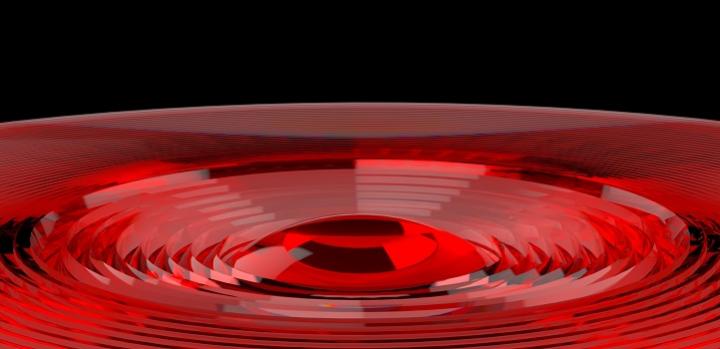King Abdullah University of Science and Technology (KAUST) researchers developed an ultrathin stimulated Raman scattering (SRS) lens that will simplify and improve the quality of molecular-level microscopic analysis by alleviating a prevalent drawback of SRS microscopy. The optical device, which resembles a miniaturized lighthouse lens, combats the likelihood that intense interactions between laser pulses and samples under observation will generate cross-phase modulation — a background signal that prevents the detection system’s ability to image without interference.
Whereas many bioimaging techniques require fluorescent dyes to be added to cell targets prior to observation, SRS microscopy avoids the cumbersome labeling step, relying on laser pulses to collect molecular signals from biological samples. As a result, SRS microscopy boasts applications in in vivo diagnostic studies, in which SRS microscopes effectively produce high-resolution, noninvasive images at real-time speeds.
The new lens allows users to bypass the ubiquitous effects of cross-phase modulation, which reduces the contrast in microscopic observation, and is especially detrimental to imaging live cells, due to the physical complexity of those samples. Cross-phase modulation also makes it difficult to identify target molecules, said Carlo Liberale of the KAUST research team.

The thin and cost-effective lens is 3D printed and has the capacity to put live cells under the microscope, which would significantly improve diagnostics. Courtesy of KAUST.
Unlike the bulky glass objectives scientists currently use to overcome cross-phase modulation that are difficult to fit into the stage-top incubators used to grow live cells for bioimaging, the KAUST lens is ultrathin and 3D printed. Researcher Andrea Bertoncini, a member of Liberale’s group, used laser-based 3D printing to produce the lens and spearheaded the design process, taking inspiration from the slender design of lighthouse lenses. Bertoncini and the team printed tiny lens- and mirror-like features onto a transparent polymer, only a fraction of a millimeter thick, to complete the printing process.
“This type of lens design is a very efficient way to collect and redirect light coming from wide-angle sources right to our laser detector,” Bertoncini said. “And since it’s so thin, it easily fits into the closed chambers of an incubator.”
The researchers tested their lens in experiments requiring the capture of images of human cancer cells cultured in a conventional Petri dish.
“The objectives we normally use to collect SRS microscope signals cost a few thousand dollars,” Bertoncini said. “Now we have a lens with similar benefits that we can produce for less than one-tenth of that price.”
The research describing the lens was published in the Journal of Biophotonics (www.doi.org/10.1002/jbio.202000219).